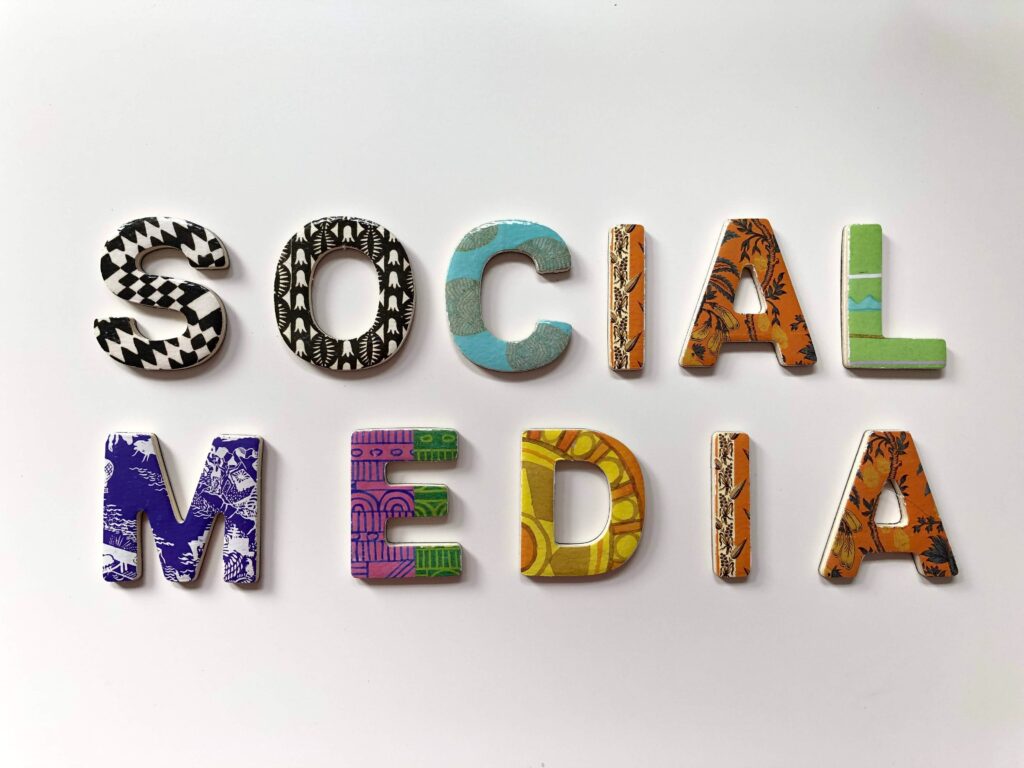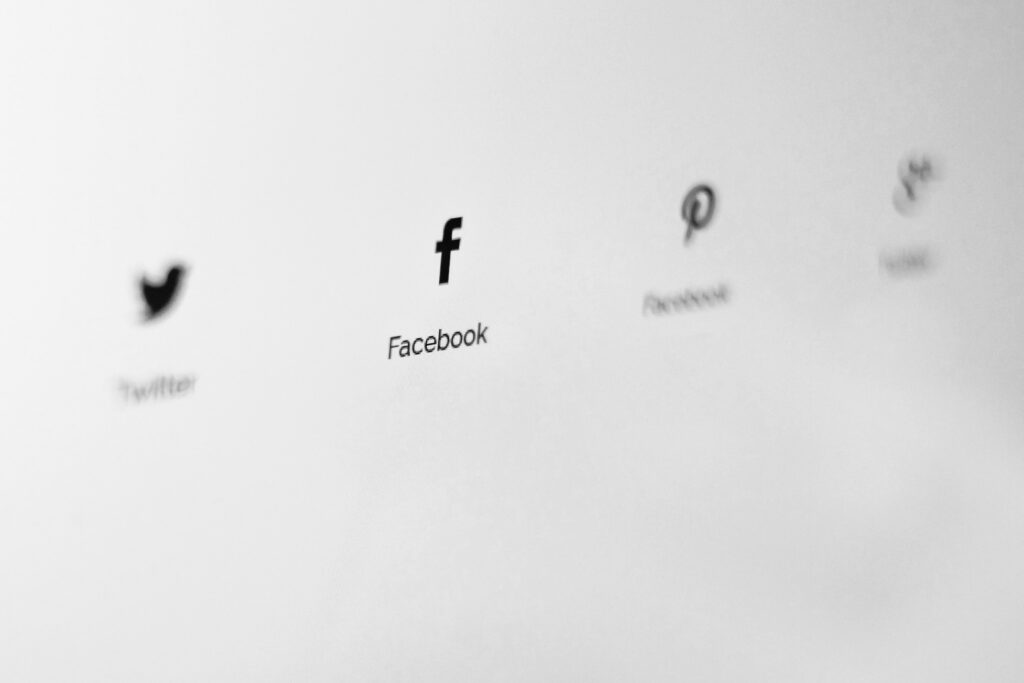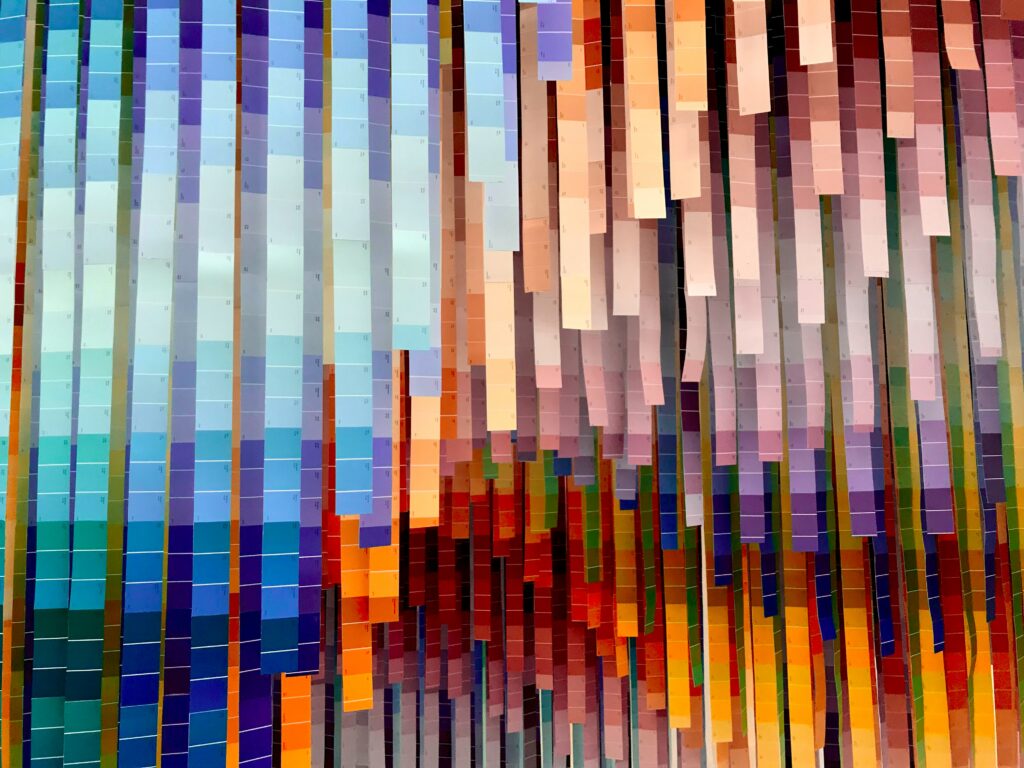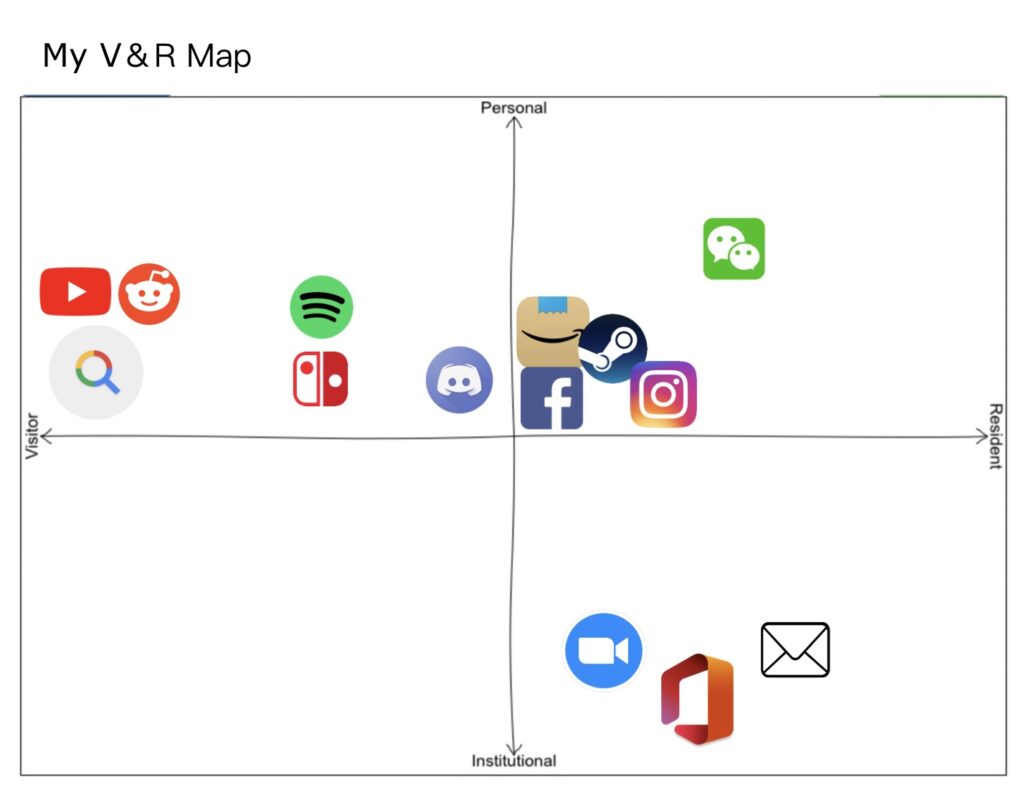
As one’s PLN is situated among the broader PLE, one has to realize that our PLE in today’s context carries and covers more than it used to be while “our experience is formed in part by the virtual reality brought to life through digital networks” (Del Giudice, 2014, p. 78). Realizing that there are more opportunities and as well as challenges that may be brought by engaging in online communities is the premise for one to utilize a functional PLN for both personal and professional life. Previously I held a strong sense of insecurity towards my online presence, as it could lead to unpleasant experiences. Now I think I have to commit that that sense of insecurity always exists in both virtual and real-life experiences, and realizing its existence is rather the appropriate starting point for facilitating a functional PLN.
My previous experience with social media leans toward personal use, and my purposely limited presence leads to a no-community online status and further keeps me restained. I was always annoyed by “unprocessed” opinions showing up in front of me. Now that I know I can intentionally treat my PLN as a learning tool, not only limited to watching actual lectures online but also building connections with others. Just as Hermida (2014) says, people pay attention to other human beings rather than social media platforms. The line between interactions online and offline is, in a sense, blurred as social media becomes the normal part of our lives, as to how the concept of the digital divide develops toward e-inclusion (Del Giudice, 2014).
In my reflection on this course, I can see that my PLN has the capability for professional use, and to look from the bright side, I am now aware of it.
References
Del Giudice, M. (2014). From Information Society to Network Society: The Challenge. In: Social Media and Emerging Economies. SpringerBriefs in Business. Springer, Cham. https://doi.org/10.1007/978-3-319-02490-5_5
Hermida, A. (2014). Telleveryone: Why we share & why it matters. Doubleday Canada.




Recent Comments